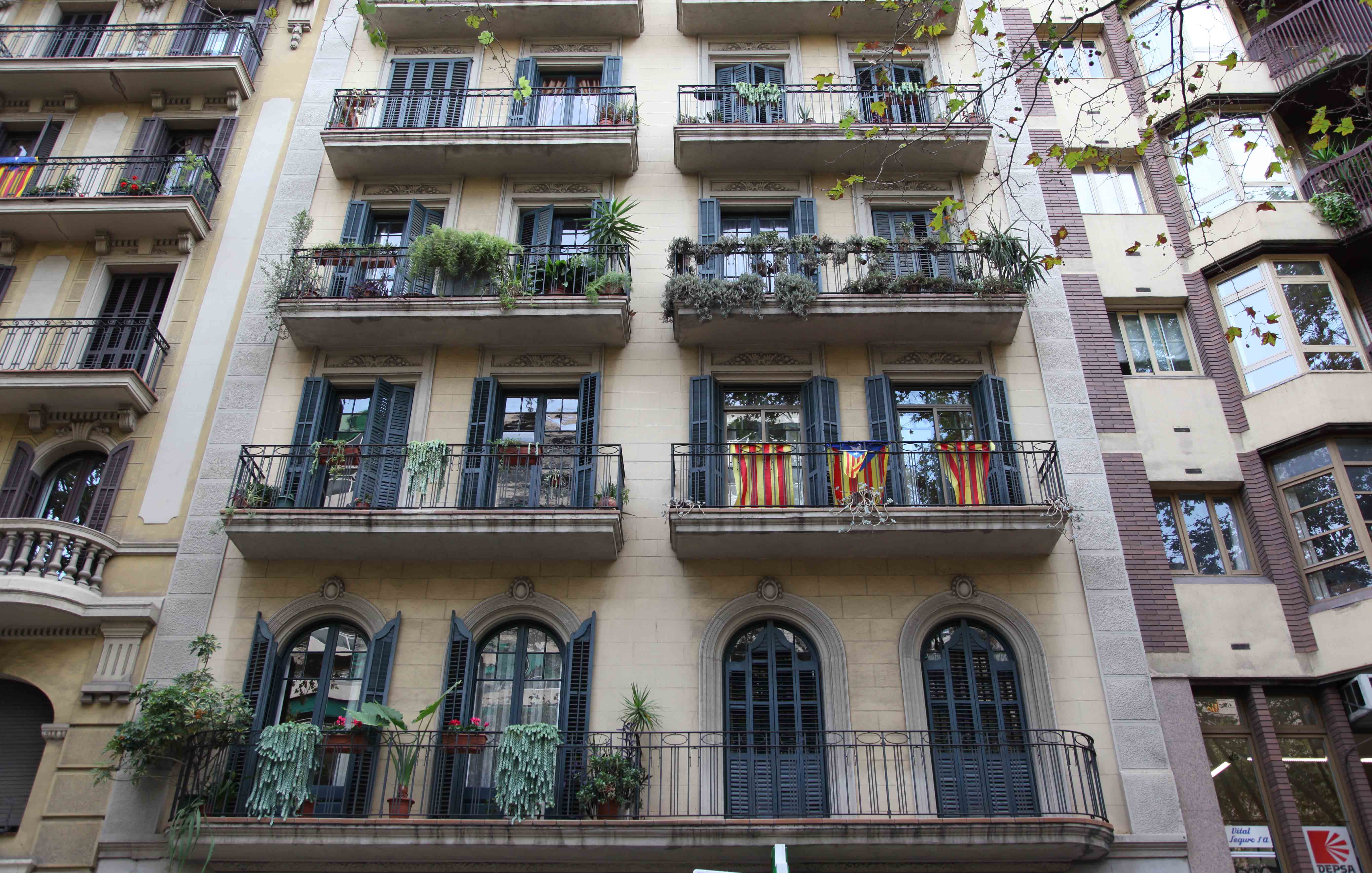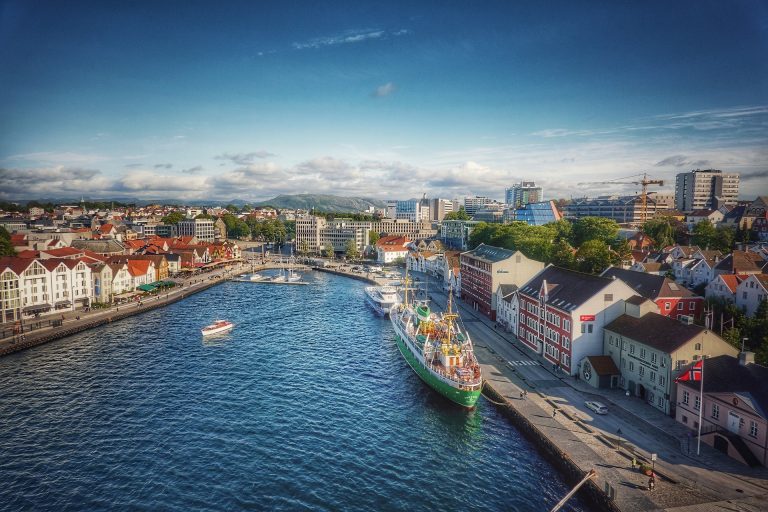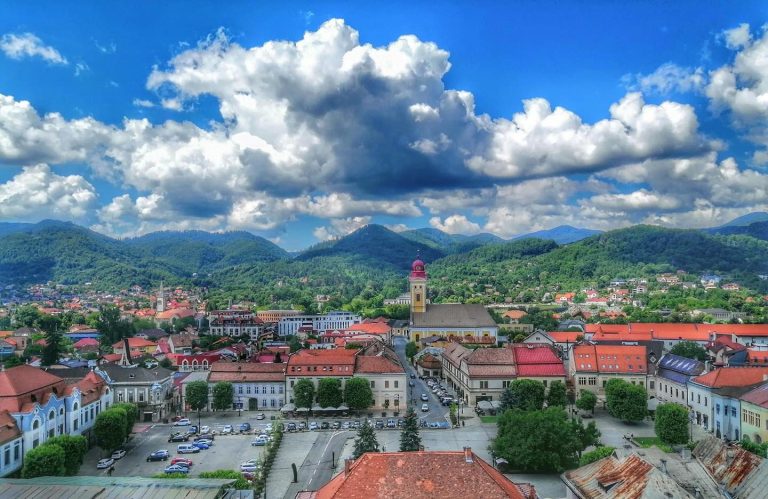When discussing smart cities, a structural question has been creating intense debate among experts – should a smart city be compact or allow ‘urban sprawl’, outward expansion into surrounding rural areas? Many argue that urban sprawl is a dangerous process because it takes over valuable farmland, at a time when food production is already not keeping up with population growth.
Mark Swilling from Stellenbosch University in South Africa argues that urban sprawl is not a sustainable solution for a growing urban population which is expected to double by 2050. He argues that instead of building on the periphery, cities need to focus on increasing urban density.
He uses examples from Johannesburg and Addis Abba, where density has been increased through mass transit services that link together different urban hotspots, and building multi-storey apartment buildings close to stations so that the middle class can be kept inside the city instead of moving to the suburbia.
These buildings can also be subsidised to accommodate the urban poor. All this needs to be done carefully though, to allow enough space for social engagement.

According to David Ludlow at the University of the West of England, population growth has been the main driver of urban sprawl in the US, but it is also currently happening in Europe, even in places where there is little to no population pressure.
This means there are other reasons why urban sprawl happens, such as the desire for new lifestyles in suburban environments, higher incomes, improved transportation links and enhanced personal mobility.
Experts see many environmental, economic and social benefits to keeping cities compact and linked by good transport systems – shorter distances and less dependency on personal automobiles can reduce energy consumption and CO2 emissions and lower transport costs to allow more mobility of low-income families, farmlands can be conserved, access to local services and jobs is facilitated, green innovation is stimulated.
Should we embrace sprawl?
On the other hand, Phil McDermott from the Auckland University of Technology believes that compact cities are not the answer, at least not in all cases.
He gives a series of reasons: centralisation guarantees congestion, reduces green space, concentrates pollution; rail transit is unattractive, relatively expensive and non-flexible; high density living is socially flawed, linked to crime, low quality of life, loss of a sense of community; new business land is limited and business costs are increased.
McDermott thinks each city should take into account its distinct physical environment and not fight decentralisation, but instead provide for it by ensuring people can meet most of their needs relatively close to where they live. In his view, cities should also turn central areas green, by transforming streets into pedestrian urban gardens.
Additionally, attention needs to be given to suburbs – ‘a sustainable city won’t work without sustainable suburbs’- this involves creativity around transportation and labour policy.
Suburban solutions
Some suggest that urban sprawl may indeed be a good option if suburban buildings are sustainable through solar panels and electric cars are adopted.
Solar panels on an average suburban home could produce enough power for the household and for charging an electric car, and even send surplus to the grid. Fitting solar panels on most buildings would mean that suburbia could potentially power the urban center and the transport system.
Like McDermott, Hugh Byrd of the University of Lincoln believes that we need to embrace suburban sprawl, and claims that a dispersed city is more efficient when its main energy source is electricity and electric vehicles are the main form of transportation. But for his ideas to work, solar panels need to become obligatory through policy.
Overall, it looks more likely that urban sprawl will inevitably continue in most cities around the globe, therefore authorities need to prepare for it and encourage mass adoption of solar energy or other renewables.
At the same time, however, measures can be taken to ensure urban areas are used appropriately and density is increased as much as possible by upgrading unused or old buildings to make them more attractive for people and business, as well as by creating useful transport links.
Sources: theguardian.com; newgeography.com; ec.europa.eu; dailyclimate.org







